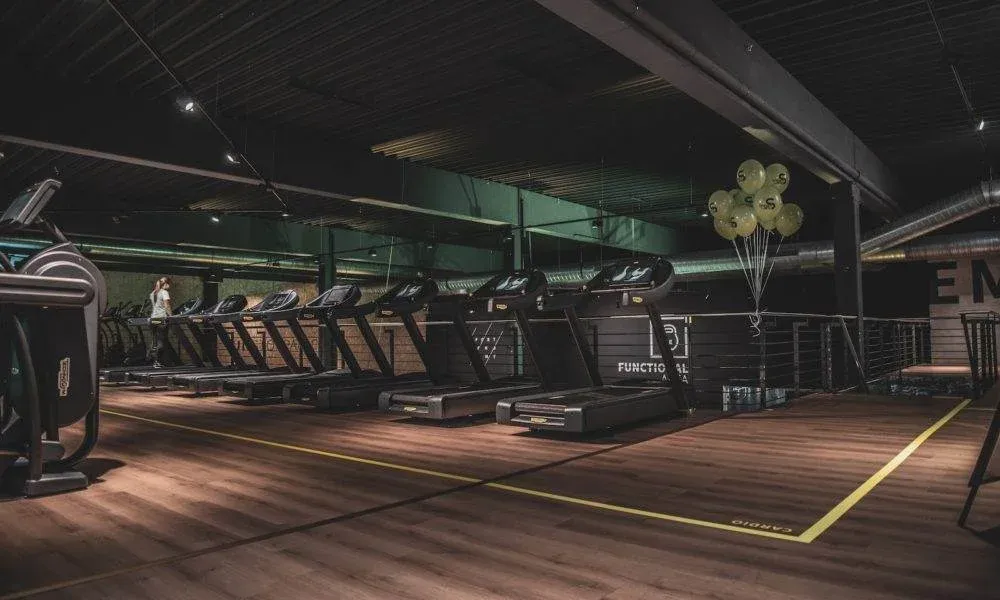The journey of building muscle and getting the body you dream of may take several months or even years of exercise and correct diet, but some may notice a loss of muscle mass during this journey due to making a set of simple mistakes that the person believes are correct and increase his mass. Muscle.
In this article, we explain the reasons that lead to loss of muscle mass, whether related to exercise style or nutrition, and how to get rid of them in order to preserve muscle mass in every athlete and prevent its loss.
The main reasons for losing muscle mass despite diet
1- Excessive exercise or not getting enough exercise
The term muscle growth refers to the volume of exercise performed by the athlete, which technically means the amount of weights that the muscles lift during exercise. There is a direct (quantitative-response) relationship between the volume of exercise and muscle growth, but exercising one muscle group excessively at a time may lead to negative results. Reversible.
Lifting weights leads to tearing of muscle tissue, but during the rest period, muscle building is restored, and the body responds to lifting weights by obtaining larger and stronger muscles, but this only happens when the muscles are constantly and continuously exposed to exercise, meaning that failure to adhere to exercise may lead to the loss of the muscle mass that they have achieved. also.
In order to prevent loss of muscle mass, it is recommended to start exercising that includes all the muscles of the body three times a week, and after 12 weeks, the exercise can be increased to four times a week, separating the upper body exercises from the lower body exercises. In this way, your body gets used to exercising according to a schedule. Specific training without increase or decrease.
2- Focus on losing weight, not losing fat
The goal of the diet should not be to lose weight, but rather the goal should be to lose body fat while maintaining muscle mass.
In order to lose fat, an energy deficit must be created, meaning that fewer calories are consumed than are expended, but when this happens, the body will focus on energy stores (fat and muscle) in order to overcome the energy deficit, and therefore some people will eat less food, which will pose a risk of losing muscle mass. .
Controlling calorie consumption and eating sufficient amounts of protein, while lifting weights correctly, leads to a surplus reserve of muscle mass and the body tends to rely on fat as a greater source of fuel.
In order to prevent loss of muscle mass, you must eat 0.8-1 g of protein per pound of body weight daily and do weight lifting exercises 3-4 times a week while adhering to the diet.
3- Not applying correct exercise techniques
Applying the correct exercise techniques is essential to continuing the exercise for a longer period of time while adhering to it. This means that some athletes try to develop the exercise and move it to a higher stage without consulting the coach, and this leads to a loss in muscle mass.
What happens is that moving to higher stages of exercise requires the muscles to reach a certain strength, and therefore moving to new exercises or not practicing them correctly may not be proportional to muscle strength, and this leads to a loss of muscle mass.
If you encounter a problem when practicing a specific exercise, you can reduce the weight of the weights, move to a simpler exercise that targets the same muscle group, or consult a trainer. The athlete is advised to record the weight of the weights and the number of repetitions every time he trains. In this way, the improvement in muscle strength can be monitored and the possibility of moving on to new exercises. .
4- Feeling stressed and not sleeping long enough
Sleeping for sufficient hours is necessary to maintain athletic performance in the gym, and thus prevent loss of muscle mass
When you do not get enough hours of sleep, the quality of sleep is harmed, thus the energy needed for exercise decreases, and problems occur in muscle recovery and muscle rebuilding.
You should sleep for 7-9 hours a day in a dark room away from noise, while maintaining a fixed bedtime and wake-up time.
In conclusion, we point out that there are other reasons for losing muscle mass, such as not warming up before exercise or stretching after exercise, in addition to eating ready-made foods. On the other hand, eating fish, exposure to sunlight, and keeping the body hydrated by drinking a sufficient amount of water are prevention methods to prevent loss of muscle mass.
You have visited 0 post(s)



















